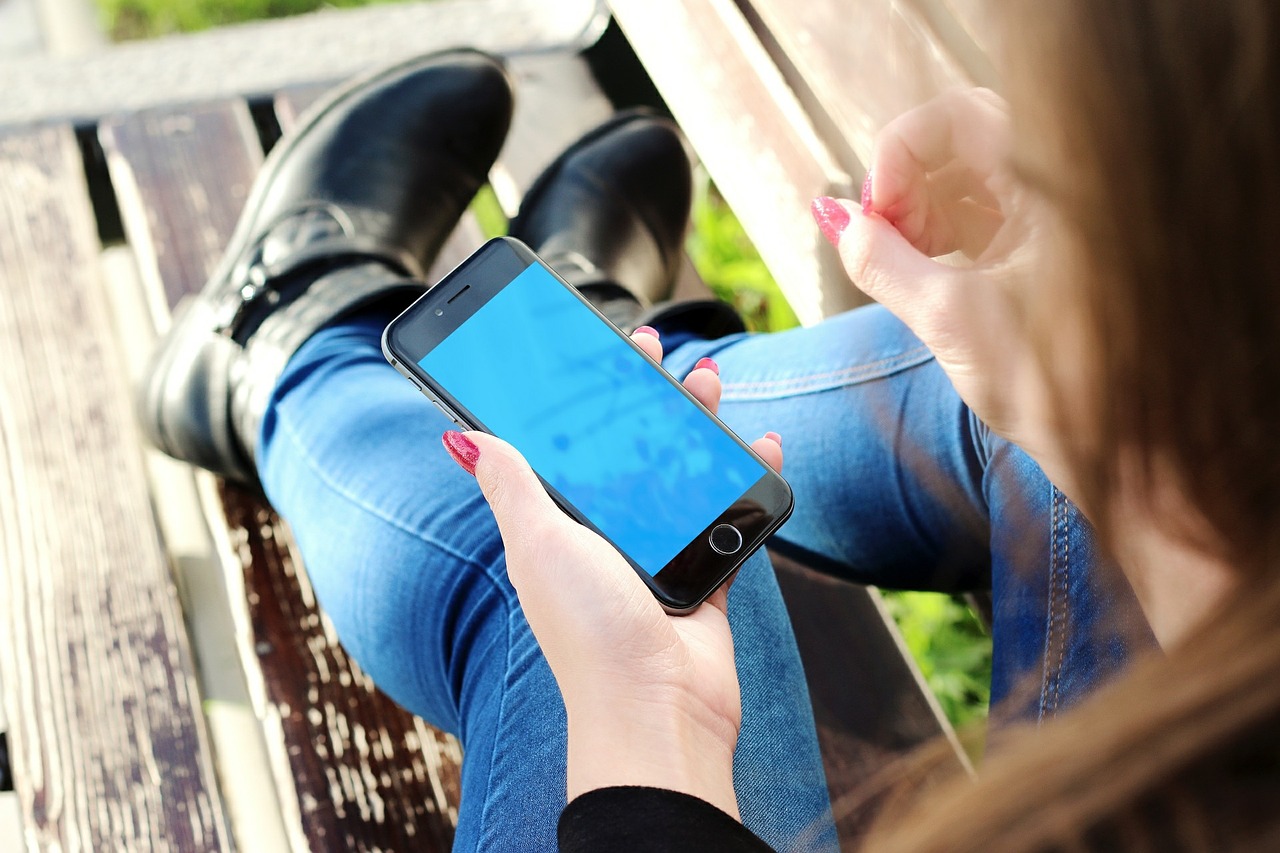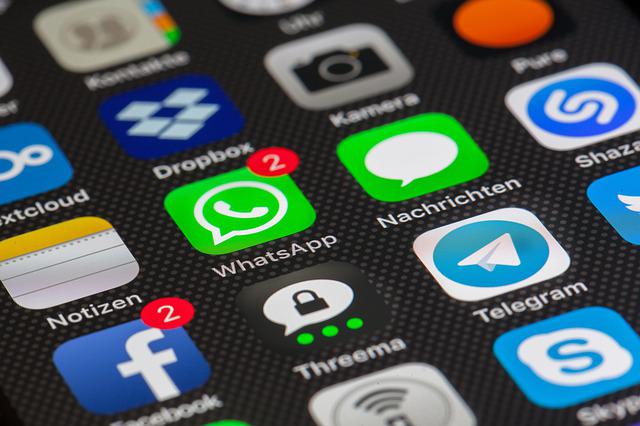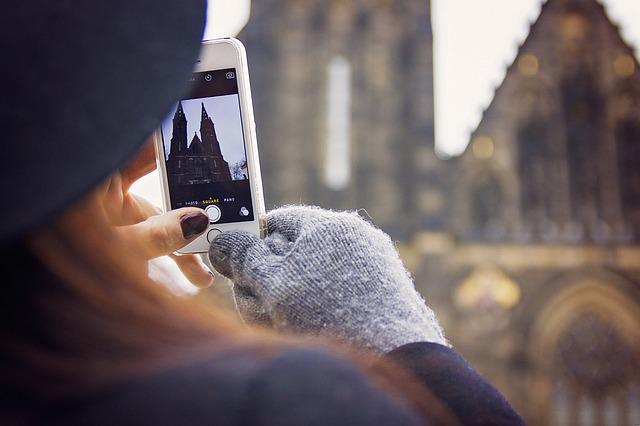
Do you rely on your phone every single day? Whether you need it to keep up your posting game as an influencer, because you run your business from it, or simply because it has become an extension of your arm, it can be crippling when your phone isn’t working as it should.
One of the most common (and most frustrating) complaints of all is that it has slowed right down. Opening apps, accessing files, and even navigating basic UIs can become sluggish and unwieldy. But why does this happen? More importantly, how do you fix it?
Here, we’re going to look at a few reasons that iPhones can slow down and tips to help get them back to working form.
Restart your device
It might sound like something of a basic tip and you might be forgiven for expecting that it couldn’t really make that much of a difference. However, if you’re like a lot of people, then you might not really ever turn off your phone. You might put it on silent when necessary, but when it’s low on battery, do you simply leave it turned on while plugging it in? If that’s the case, then restarting your device could have more of an effect than you might suspect, as it can refresh the temporary memory of the device. Just remember that devices can be a little sluggish when rebooted, so give it a little time to work as it should.
You need to install the latest updates
One of the most common reasons that you’re seeing sluggish responses from your iPhone is that software on the device isn’t being updated as often as it should be. It might be that the operating system itself is in need of an update (perhaps you delayed an automatic update but have yet to allow it to go ahead) or perhaps there’s a specific piece of software that’s slowing the device down. Whatever the case, make sure you’re keeping your phone updated and look through the software to either update or delete everything there.
You have too much stuff on it
As is true of all digital devices, the more that you download and transfer onto your phone and the more full its data storage is, the slower it can become. There is more data for it to process and look through when it’s trying to complete any processes. What’s more, all physical storage media tends to slow down as it is written and rewritten time and time again. You should look at how to free storage on iPhone, first and foremost, to see if slimming down your storage usage helps a little. There are likely to be plenty of files that you haven’t used in a long time that you can delete or move somewhere else.

Get rid of apps and widgets that you don’t need
The apps and widgets that you use (or don’t use, in many cases) can slow down your phone in a variety of ways. For one, they can play into the storage problem as mentioned above. However, if you have apps or widgets that are running in the background, then you will find that they’re using the computational resources that keep your phone going. If they’re using them, then those same resources can’t be used elsewhere, which can slow down the apps that you actually want to use. Removing apps and widgets is super easy, whether it’s from your apps menu or directly from the home screen by holding your finger directly on the chosen app or widget until the management options appear, and choosing to delete and uninstall.
Cut off access from your location
For much the same reason as above, you should keep an eye on which apps are making use of location services. These can be helpful when you need them, but most apps that make use of location services have them turned on 24/7. That’s making use of processing power that could go towards other apps. You should look at how to set your app permissions on your phone. Find the privacy settings for the apps that use location tracking and turn it off when you don’t need it. Location settings typically aren’t the biggest cause of slowdowns, but they are a contributing factor. So, if you’re looking to streamline your phone as best as possible, you should turn them off.
Watch out for malware
It’s not just normal operations out of control that can slow your phone down. There is always the very real risk that there are viruses and malware that are slowing it down, as well. You should always invest in high-quality antivirus protection for your iPhone to make sure that you’re able to protect it as best as possible, especially if you store any sensitive data on your phone. You should scan for viruses on a semi-regular basis (there’s really no reason to not do it every other day) and keep it turned on when you can, so that you can prevent threats that can slow your device down but can do much worse damage than that, still.

Be mindful of where you are using it
Ever feeling like you can’t move very well when you’re out in the cold, and like you’re a little slower than usual? Your phone can feel the same way. Cold weather can affect how effectively your phone works. If you’re out somewhere where the temperatures can run under 32 F (or 0 C), then your phone is going to start to slow down as the cold can affect both the battery and the circuitry. To that end, you should turn your phone off when you’re ou in the harsh cold or invest in a case that can protect it from those temperatures. This isn’t a common problem for everyone, but very worth knowing if you live in cold climates.
Hopefully, the tips above can help you get your iPhone back to speed. If none of the tips above work, it might be time to look at repairs and replacement as an option, instead.
